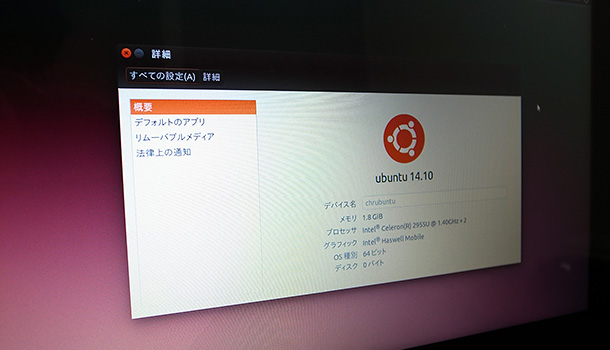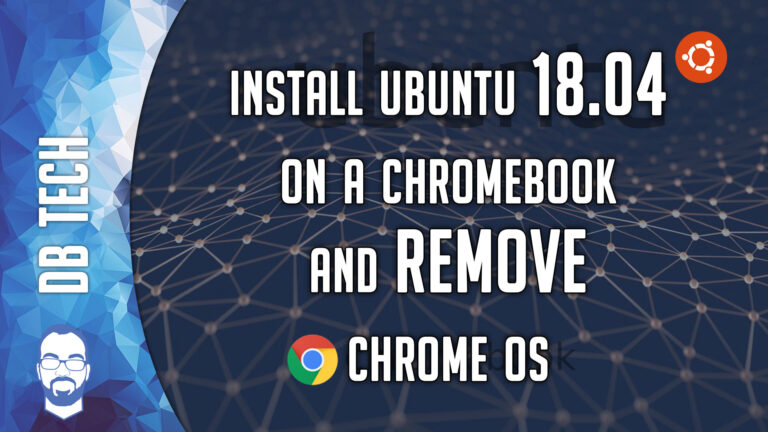

As a result, we will focus on casting a lens on the Chrome OS Developer Mode before anything else.īecause external devices use firmware that is not a BIOS, it is impossible to boot from them using a Chromebook. The Chrome OS can enable this feature by requiring you to make changes to the software in a specific way. Can I Boot Linux Usb On Chromebook?Ĭredit: In the case of a USB drive bootable Chromebook, it cannot boot up. This feature allows you to run Linux-based apps and tools in a secure environment, which is extremely beneficial. When using a Chromebook, you can run Linux Beta (Crostini) using the Google Chromebook App.

To begin, install Linux on a Chromebook directly from the command line, remove ChromeOS, and then reinstall it. You can now create software on Linux using a Chromebook because it supports open source software. Because Chromebook laptops have bare bones operating systems that are completely dependent on the web browser, they are inexpensive and portable.

After downloading an ISO, you can use thisRufus tool to create an ISO file that includes a bootable Windows USB. You only need to connect your USB drive to a Linux instance and boot it into it. Since 2018, Linux has been designed to run as an external drive rather than on a Chromebook. You should now be able to boot into Ubuntu from your USB drive! Once the installation is complete, you can type “exit” to exit the root shell, then type “reboot” to reboot your Chromebook. Type “cd /mnt” to change into the mount point, then type “sudo apt-get install ubuntu-desktop” to install the Ubuntu desktop. Now, you can install Ubuntu onto your USB drive. Finally, type “mount /dev/sdb1 /mnt” to mount the drive. This will format the drive as ext4, which is a Linux filesystem. Now, type “mkfs.ext4 /dev/sdb1” (again, replacing “sdb1” with the device name of your USB drive). This will unmount the drive so we can format it. Next, type “umount /dev/sdb1” (replacing “sdb1” with the device name of your USB drive). Find the device name of your USB drive and note the size. Now, insert your USB drive and type “lsblk” to list all of the block devices. This will give you root access to the Chromebook. Press Ctrl+Alt+T to open a terminal, then type “shell” and press Enter.

Once you’re in Developer Mode, your Chromebook will boot into ChromeOS. Once your Chromebook has booted into Developer Mode, you’ll see a warning screen. This is done by pressing and holding the Esc+Refresh keys, then pressing the Power button. Next, boot your Chromebook into Developer Mode. Once you’ve downloaded the Ubuntu ISO, you’ll need to burn it to a USB drive. We recommend Ubuntu, but you can use any distribution you like. First, you’ll need to download a Linux distribution. This process is relatively simple and only takes a few minutes. If you want to install Linux on your Chromebook, you can do so using a USB drive.


 0 kommentar(er)
0 kommentar(er)
